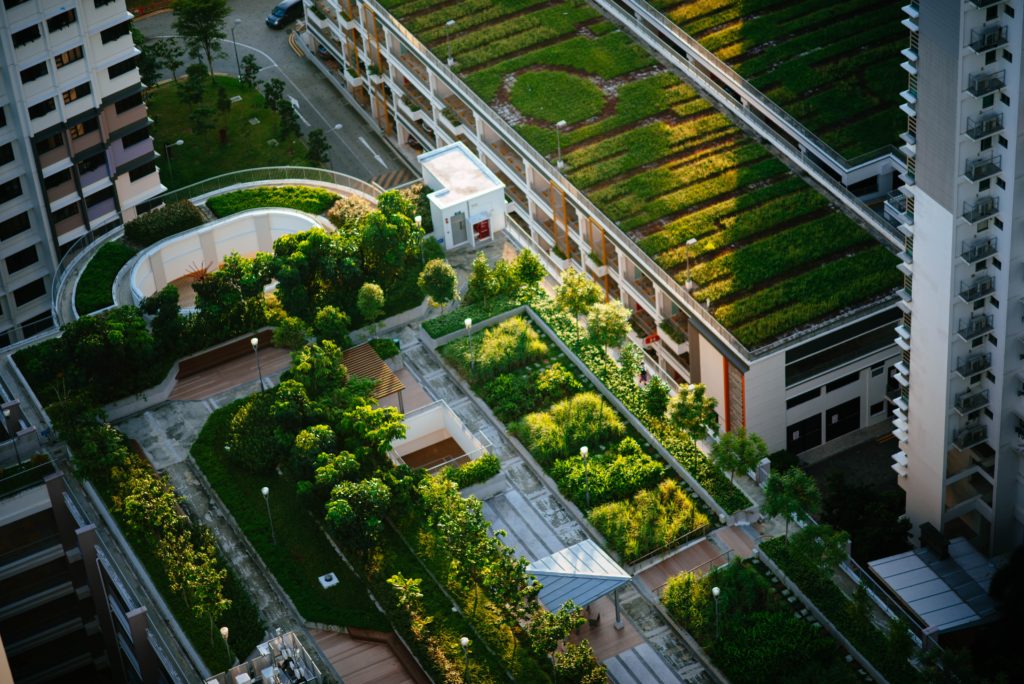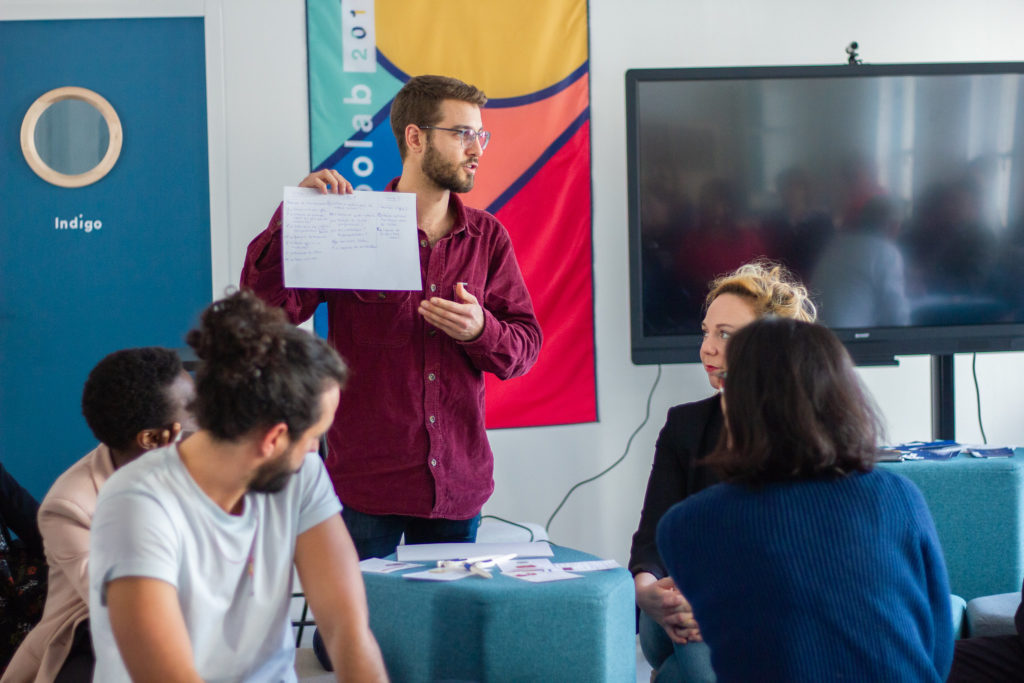What will tomorrow look like?
The million-dollar question everyone is asking right now. This global pandemic has spread a feeling of uncertainty across industries, cultures and individuals. Nobody really knows what tomorrow will look like, but discussions on the topic are far and wide. We have taken a glimpse into the future with 100+ industry and community leaders and have identified themes that may point to some clues.
For the past two months, Schoolab has been conducting an introductory workshop to Design Fiction “your life after Covid-19” focusing on challenged industries. Participants spanned many organizations, age groups, and across continents. Their input provided interesting insights into what we may expect in the near future.
What is Design Fiction? Using narratives to envision long term change
Design fiction is a design framework and process that leverages futuristic scenarios to anticipate shifts in an industry, company evolution or impact of a technology. The process uses current technology trends and research to predict probable, possible and plausible futures. Based on these futures, fictional scenarios are created and used to reinvent products, services and to find new avenues for innovation. Based on these new concepts, a roadmap is created using retro-engineering methods uncovering concrete actions that can be taken today.
An Introduction Workshop: What does this look like?
We designed over multiple iterations, a one hour sample digital workshop that allowed participants from all over the world to discover the process. Using the interactive whiteboard Mural, teams were able to interact together and visualise their ideas, concepts ans story.

Fiction sample workshop, April 28th 2020.
- Step 1: What is most exciting about 2030
In a short icebreaker, we asked participants to list three things they are the most excited about for 2030. A voting session toke place and the most voted idea was discussed.
- Step 2: Reinvent the cruise ship industry of 2030
We proposed futuristic scenarios of society to participants and asked them to act as executives of Princess Cruises and reinvent the cruise ship industry of 2030. (What happened in March to “Princess Cruise” has put this industry in a very difficult situation. It was the perfect example – as most people had heard the story and understood the challenges the cruise industry would face.)
- Step 3: Presenting creative findings to the group
Finally, all teams presented their most creative idea along with a first step that had to be actionnable today.
3 insights on how people envision the future

The future is green
The first step of this exercise unveiled the general positivity our participants had regarding the future, specifically about environmental and social issues. The most popular responses in the icebreakers were not about technology, but about behavior changes among societies. Concepts such as “greener cities”, “clean energy”, “social justice”, “sharing economies”, circular economy” or “universal basic income” were all brought up multiple times. The concept of universal basic income was raised in 30% of the workshops and voted the best idea 100% of the times it appeared.
Tech is linked to positivity
In all required steps of the workshop, technology was almost exclusively linked to positive environmental or social impact. A few examples of responses that came up multiple times are “personalized medicine”, “predictive health care”, and “AI in education”. Interestingly enough, when participants where asked to vote for the best idea, the non-tech ideas made it to the top in 9 out of 10 workshops.
Systemic thinking
We also found that proposed solutions during the workshop followed a common pattern of being conceived in a systemic way. For the core exercise in the workshop, participants were given a futuristic scenario for which they were to rethink the future of cruise ships. Out of the 30 teams who worked on the topic across 10 workshops, all teams proposed solutions that had a better environmental impact than current cruise companies and that incorporated new stake holders (regardless of the futuristic scenario they were given). Moreover, the timeframe of how cruise ships are used grew in 80% of the proposed solutions. Ideas such as “mobile neighborhoods”, “emergency clinics”, “giant mobile gardens” or “on-water education hubs” are examples of the creativity we witnessed in this exercise.
What this experience taught us about how design fiction can help our clients?

At Schoolab we have been developing and using the design fiction framework for the past five years. It was built to help organizations anticipate their future and set up strategic roadmaps to thrive in the coming years. However, a small survey issued to participants after the workshop gave us significant insights about how organizations use or plan to use these types of speculative design methodologies within their organizations.
1. Discussing the future as an enabler for long term thinking within teams
80% of respondents who are using or plan to use design fiction do so to foster teams by reducing anxiety towards the future. Offering a more confident and optimistic vision of where an organization is heading helps employees feel empowered and needed within a professional environment
2. Discussing the future as an enabler for creativity and thinking outside the box
Another popular response was that design fiction was an excellent tool for creative thinking when planing ahead. The key aspect of the methodology here is the fictions. When you create stories that are designed to be narratives, people let their imagination take over.
3. Discussing the future as an enabler for deeper connections
This last finding was the most surprising to us. When discussing futuristic scenarios, we realized that people let down barriers of the present. People from different companies opened up on a personal level to discuss a world in which they were not competitors but allies. As actors of change, our actions of today will impact our world of tomorrow, participants worked together to imagine a more sustainable society.
It is difficult to say how this situation will transform our world, but this experience leads us to believe that organizations will have a growing need to support employees in thinking long term. In a professional environment where offices, homes and geographical location take on a new dimension, the importance of finding ways to connect people around common values, visions and goals is crucial.
How is your organization empowering employees?
The black swan has finally arrived. A tough time for our organizations, institutions and ourselves. But also a necessary time to think long term and together as a whole. Design fiction is a great tool to facilitate that discussion
Mathieu Aguesse, CEO Schoolab US & Design Fiction Expert
